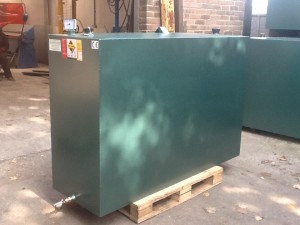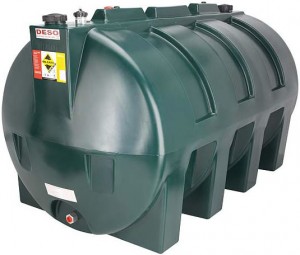Oil tanks are available in a huge range of designs and sizes. But if you’re thinking of having a fuel tank installed on your property, you’ll need to make a decision: a steel oil tank or a plastic oil tank. The oil tank material that you choose will depend on your needs and requirements. So to help you make the decision here are the pros and cons of both plastic and steel fuel tanks.
Pros and Cons of Steel Oil Tanks
Pros
- Steel is highly durable and long-lasting – making it resilient to everything from hot summer sun to unpleasant weather
- Steel tanks offer optimal security for your fuel as they are harder to drill into to syphon than plastic tanks
- They are priced very competitively with plastic tanks, which can make them much better value for money
- Our high-quality tanks are resistant to both external and internal corrosion
- Steel tanks generally have a longer lifespan than their plastic alternatives
Cons
- Steel oil tanks are much heavier than their plastic alternatives – that means that they are harder to move around if you want to manoeuvre them or change their location
- If you don’t buy from a reputable supplier, there is a risk that they could corrode over time
Pros and Cons of Plastic Oil Tanks
Pros
- Plastic tanks are seamless which means that they are very unlikely to split or fail
- Plastic tanks are lighter and more manoeuvrable – this makes them easier to transport, install and move if you wish to change their location
- Plastic tanks are available in a broader variety of sizes and shapes, meaning they may fit more easily
Cons
- Unfortunately, plastic tanks cannot offer the same level of security as steel tanks – they are easier to drill and to syphon fuel from
- They are also more vulnerable to accidental damage
- From a green perspective, steel tanks may be the favourable option as plastic is harder to recycle when your tank reaches the end of its life cycle
- Plastic tanks can be weakened by exposure to direct sunlight
